Dolomite antipasto: Giro d'Italia approaches crunch point at San Martino di Castrozza
Carapaz unfazed in pink as race reaches final Friday
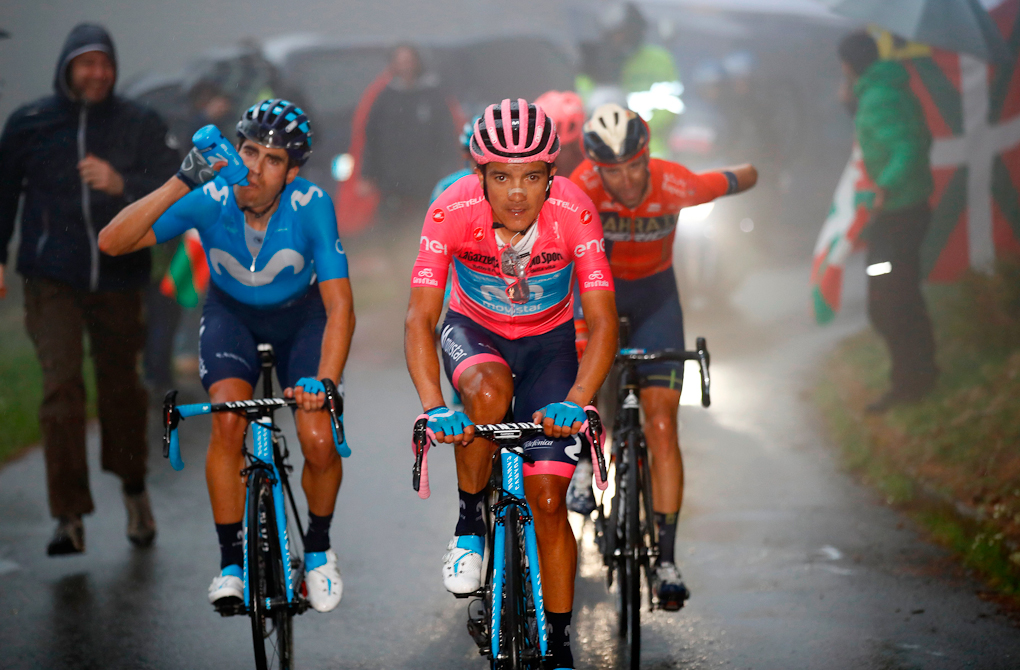
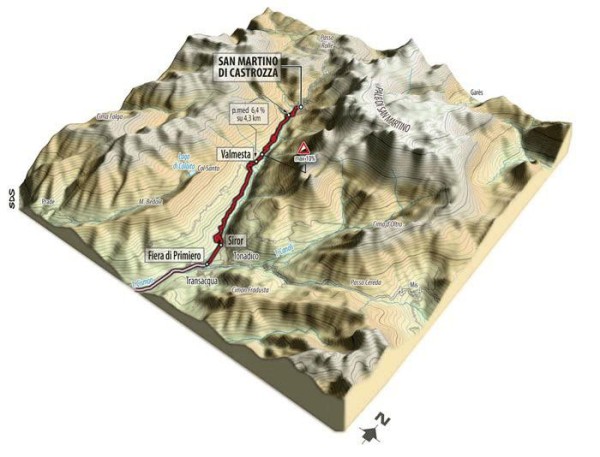
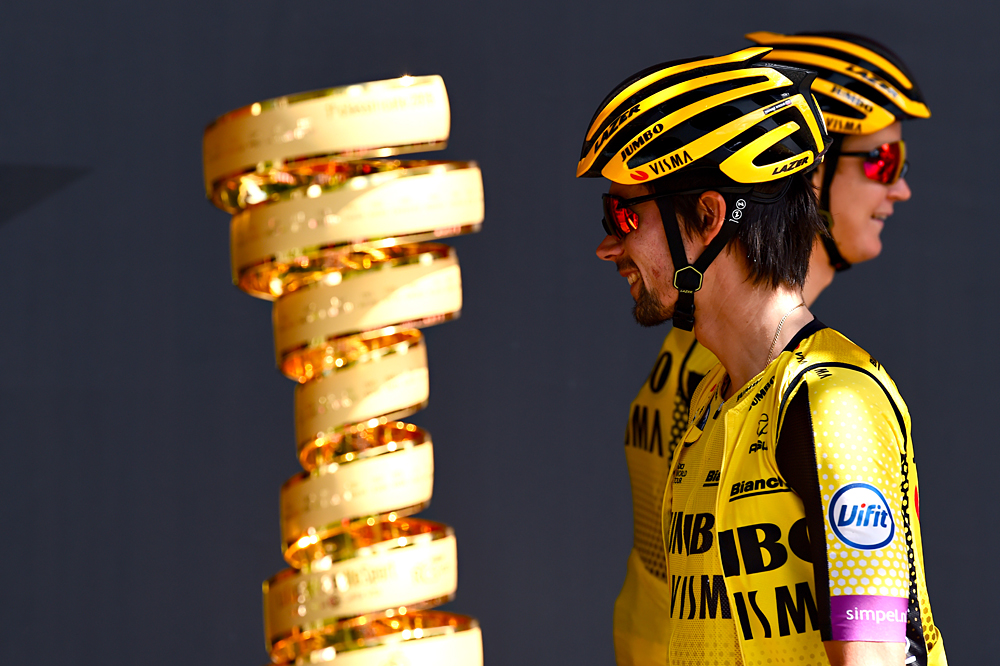
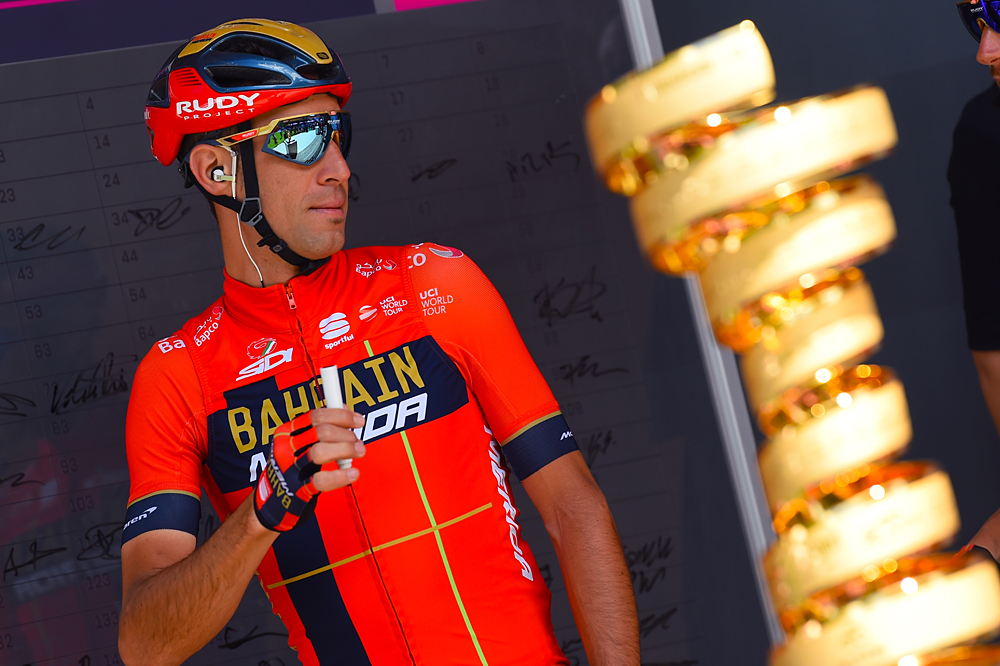
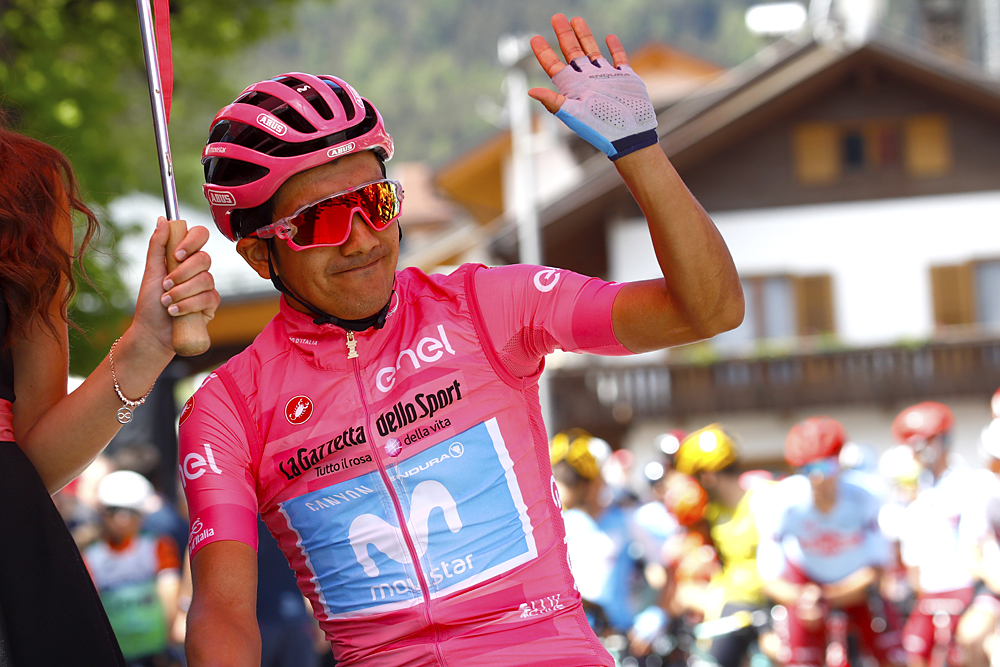
From San Martino di Castrozza, the finishing mountain of stage 19 of the Giro d’Italia, there are striking views of what is called the enrosadira, the process by which the exposed rock of the nearby Dolomite peaks takes on pink and then violet hues as the sun begins to set [Alpenglow]. On Friday evening, with a mammoth Dolomite tappone and the Verona time trial still to come, the final picture of this Giro will remain incomplete, but one might begin to discern the tones in which it will be painted.
Giro d'Italia: Cima wins stage 18
Giro d'Italia stage 18 highlights - Video
Disaster averted after spectator drops bike in front of Giro d'Italia breakaway
Match point: Ackermann divests Demare of points jersey at Giro d'Italia
Vincenzo Nibali: Finishing second or third doesn't count for anything at the Giro d'Italia
The Giro d'Italia moves into the final phase - Podcast
Roglic must make the difference before Giro d'Italia time trial, say Jumbo-Visma
The 151km leg from Treviso is very much the junior partner of the two mountain stages that remain, but the category 2 haul towards the finish provides a chance for a further skirmish between the contenders for overall victory and should offer some decent pointers as to their prospects in the race’s final weekend.
Richard Carapaz (Movistar) carries the maglia rosa into the final three days of the race, and he has thus far betrayed no signs of weakness, on the bike or off it. He responded sagely to the probing of Vincenzo Nibali (Bahrain-Merida) on the Civiglio and Mortirolo, and then tacked on an attack of his own at Anterselva to extend his overall lead for good measure.
The Ecuadorian has appeared utterly unfazed by the media demands of wearing the jersey, too, smilingly fending away questions about his cohabitation with Mikel Landa at Movistar and his rumoured departure for pastures new in 2020. This time four years ago, the man from Tulcán was riding for the Strongman-Campagnolo outfit in Colombia, but he carries himself with the quiet unflappability of a man who has been leading Grand Tours all his life.
Nibali, second overall at 1:54, and Primoz Roglic (Jumbo-Visma), a further 22 seconds back in third, know now if they didn’t at Ceresole Reale and Courmayeur, that Carapaz will be an exceedingly tough out.
And yet, the dying days of the Giro are different to just about anything else in professional cycling, a twilight zone where a pink jersey’s legs or luck can suddenly desert him or, conversely, where his rivals have remarkably summoned up hitherto unseen strength to bring the race abruptly crashing down upon him.
In 2016 and 2018, the previously impregnable Steven Kruijswijk and Simon Yates lost the maglia rosa in dramatic circumstances on the Giro’s mountainous final Friday, but Carapaz downplayed the prospect of enduring a similar fate on the road to San Martino di Castrozza.
Get The Leadout Newsletter
The latest race content, interviews, features, reviews and expert buying guides, direct to your inbox!
“I am only thinking that we have another day of mountains,” Carapaz said. “We all know before how the other Giri have turned out, but we hope to defend it the best way possible. It’s not going to be hard just me but for those who want to try to reach the podium.”
The route
In truth, the route of the 2019 iteration of the Giro’s answer to Friday the 13th seems to offer rather less scope for a horror show than in recent years. There are just three climbs, none of which are first category. “It’s an important stage but it’s not an extremely hard one,” Giro director Mauro Vegni told BiciSport.
The gruppo sets off from Treviso on undulating roads that offer a springboard for an early break to establish itself. The day’s first obstacle is the category 3 Passo di San Boldo, which comes after 66km, while the category 4 Lamon lies 36km from the finish.
Nibali has admitted that he needs to be inventive if he is to win this Giro, but it seems unlikely his creativity will extend to attacking ahead of the final climb here. Men like Simon Yates and Miguel Angel Lopez, too, will surely be minded to spare themselves for the last ascent and for one last crusade on Saturday’s stage to Croce d’Aune.
“For tomorrow, I don’t know how the stage will be, if it’s that hard,” Nibali said in Santa Maria di Sala on Thursday. “Speaking with my teammates, and especially Pozzovivo, who knows the road well, he said it’s not very hard. It’s maybe a bit easier than yesterday’s stage [to Anterselva] but I think stage 20 will be a lot more decisive.”
Italian national coach Davide Cassani has described the stage as “only an antipasto to what will happen on Saturday” but what meat is to be found will come on the final ascent from Fiera di Primiero to San Martino di Castrozza. The category 2 climb is 13.6km in length with a steady average gradient of 5.6 per cent, but the stretches of 10 per cent with a little over 5km remaining provide a chance for Nibali, Landa, Roglic and Carapaz to probe one another for signs of weakness.
Danilo Di Luca emerged victorious from a small group sprint at the summit on the Giro’s last finish at San Martino di Castrozza ten years ago, though he would later be stripped of the win, which passed to Stefano Garzelli after the self-styled Killer’s positive test for CERA. On that occasion, the centenary Giro visited during the opening week after the Venice Grande Partenza. This time out, as fatigue takes its toll, there should be a rather more select group in contention.
Even so, any gaps between the podium contenders on the final climb ought to be measured in seconds rather than minutes. In many ways, it is a stage that resembles last year’s summit finish at Pratonevoso, where Simon Yates’s surprising concession of seconds prefigured his collapse on the Finestre a day later. Not a decisive stage, perhaps, but a revealing one all the same.

Barry Ryan was Head of Features at Cyclingnews. He has covered professional cycling since 2010, reporting from the Tour de France, Giro d’Italia and events from Argentina to Japan. His writing has appeared in The Independent, Procycling and Cycling Plus. He is the author of The Ascent: Sean Kelly, Stephen Roche and the Rise of Irish Cycling’s Golden Generation, published by Gill Books.